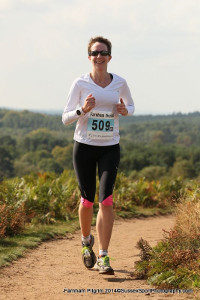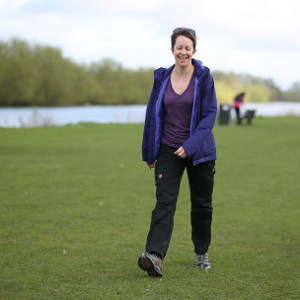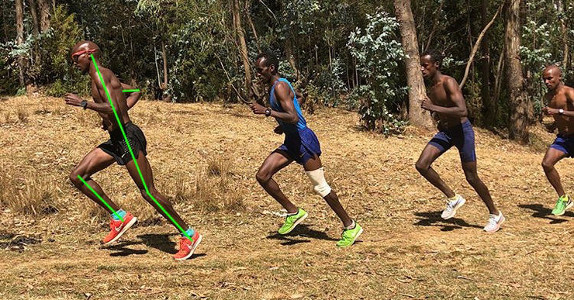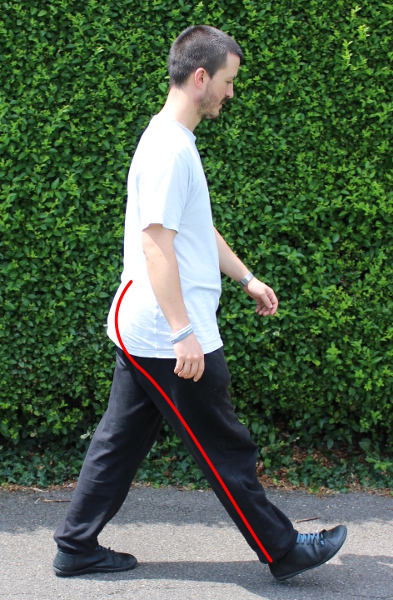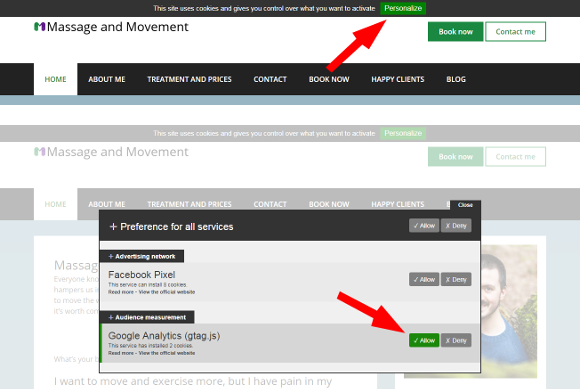This week’s post is written by Alexa, running coach and fellow soft tissue therapist. Go check out her website to see the extent of what she can offer!
As a Running Coach I spend a lot of time looking at how people run, running is more different from walking than you might think so I thought I’d look into the differences and similarities further.
The differences
The most fundamental difference is the time spend on your feet throughout your stride. When you walk you have at least one foot on the ground at any one time. They overlap slightly, so you don’t pick your back foot up until your front foot has landed.
When you run your fly! Only one foot is on the ground at any one time and there is a moment with each step when you neither of your feet are on the ground; after your back foot has pushed off the ground and the front foot is reach for a landing.
This simple difference has a range of different impacts one how you walk and how you run. In running you rely much more on the momentum in the movement and the elasticity in your muscles and fascia to stretch and then “ping” back to length to power you forwards. As your arms move in synchronisation with your legs then help you balance, handy as you only ever have one foot on the ground and the leg is driven forwards by the movement of the opposite arm, again using that fascia elastic energy.
How it looks
When you run your front foot is travelling back towards you when you land on it, saving energy and meaning you are pulling yourself over the ground with that foot as well as pushing yourself with the back foot. If you’ve ever notice that some people run “heavy” with noisy footsteps it’s often because they are landing further forwards with their front foot, with more of a braking movement with the leg outstretched. This needs more energy and also increases the forces travelling up your leg from the ground on each stride.
When walking you land with your front leg almost straight and out in front of your hips, a slightly less efficient movement than when running, in most people. The cadence of your step (the beats per minute or speed of rhythm of your footfall) is slower when you walk with arms and legs moving more gently and less force and impact on each of your steps.
The similarities
There are lots of similarities between a walk and a run, however. Your arms and legs move in synchronisation, with the arm being forwards at the same time as the opposite leg. The arms and legs have a great off beat rhythm with you walk, being linked but not reaching their extreme range of motion at exactly the same time. It’s the same 4 beat rhythm that you’ll see in a four legged animal as they walk, it’s one of the ways we balance on two legs. When running the arms and legs reach their range at the same time, so it’s a simple 2 beat rhythm, the same as a trot in a four legged animal. As we only have two legs the next two gaits of four legged animals are unavailable to us!
The foundation for the movement of our arms and legs, the torso, stays as still as it can for both walking and running. For best efficiency and speed imagine the torso without too much side to side or twisting movement, all that movement is coming from the arms and legs. Keeping the hips level, and not dropping is more key in running, we have more of a natural sway in the hips when we walk.
Also common to both walking and running is the chain of coordinated large muscles running right down the backs of our thighs; glutes (bum), hamstrings and calves work in sequence with each stride to power us forwards. With these muscles working well together the leg naturally swings forwards and plants the foot for landing with very little additional effort. It’s common to see people with less movement and drive coming from their glute muscles when they walk and run; a sad side effect of our lifestyle these days involving lots of sitting down.
You can see these muscles working together beautifully in fast running in a concept called triple extension where the hip, knee and ankle are all extended behind you for the best drive forwards from your back leg
I’m a big believer that humans are build to walk, run, climb, dance, pick things up, build things and so all sorts of movement every day with their body. It’s common with the runners I work with to think that running is the be all and end all for health, it’s not that simple. Move, in lots of different ways, mix it up, move in the outdoors and try lots of things and you can’t go far wrong 🙂
Want more like this?
Check out the following blogs from massage therapists I know from around London:- On The Run Health and Fitness on running, nutrition and sports massage.
- The Soma Room on sports massage and exercise.
